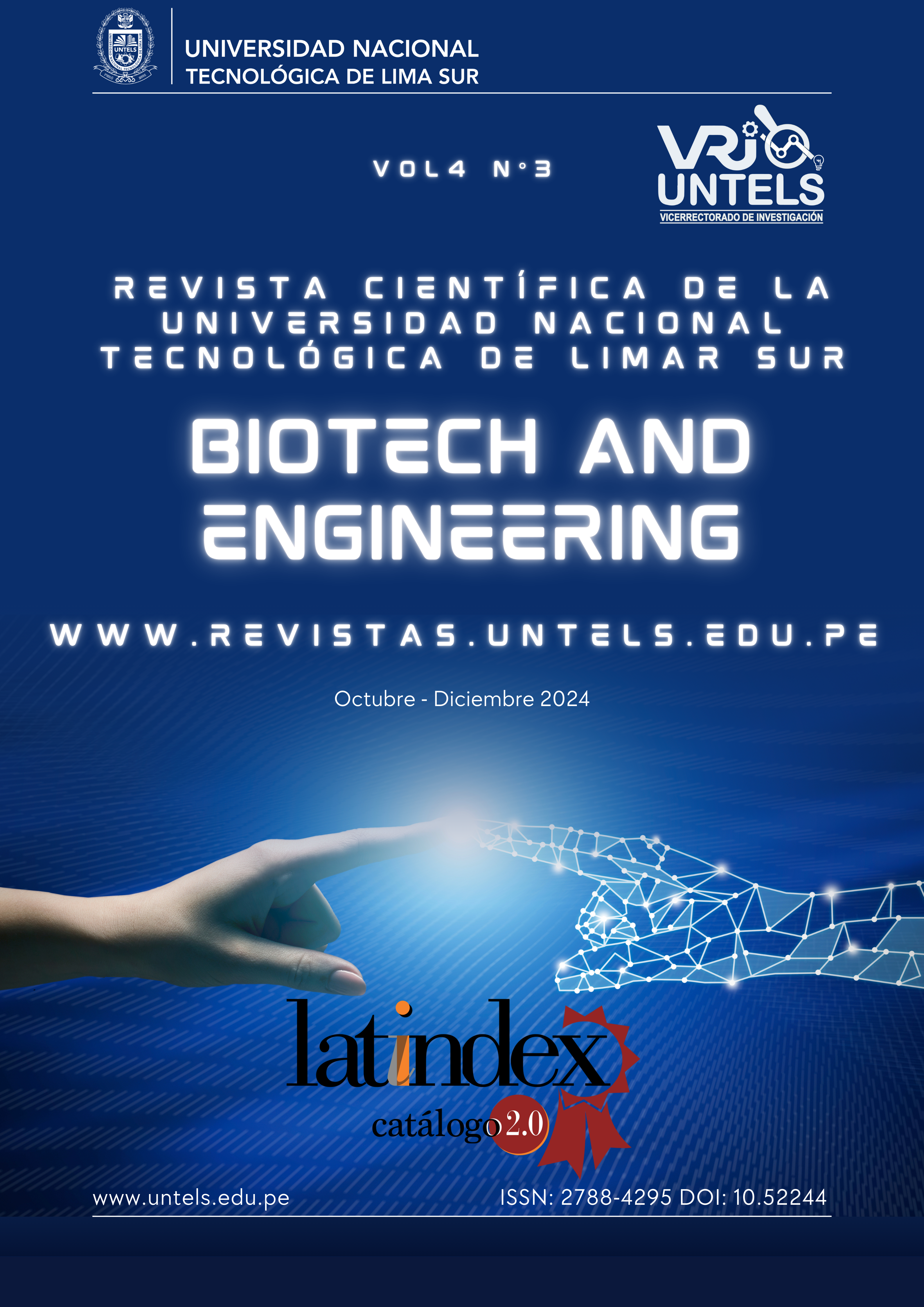Publicado 2024-12-15
Palabras clave
- Functional Data Analysis,
- PM2.5,
- PM10,
- Air Quality,
- Concurrent model
Cómo citar
Derechos de autor 2025 Revista Científica: BIOTECH AND ENGINEERING

Esta obra está bajo una licencia internacional Creative Commons Atribución 4.0.
Resumen
This pioneering study leverages functional data analysis within environmental metrology to examine the intricate relationships between critical environmental variables such as PM2.5 particle concentrations in the Metropolitan Area of Lima-Callao. Addressing the link between air quality and these particles from a functional standpoint has yielded valuable insights that surpass conventional analysis. By examining temporal variations and trends, this research has discerned not only the magnitude of pollution but also its seasonal and daily patterns. The functional data model stands out for its ability to fully utilize historical data, integrating information over time to provide a more comprehensive perspective. This advanced approach has also paved the way for incorporating multiple environmental datasets, such as temperature, humidity, and other pollutants, to offer a broader, more multifaceted view of air quality. The goal of this research is to develop an advanced predictive model that estimates PM2.5 levels based on the concentrations of PM10, utilizing daily air quality records from 2023. Through an integrated framework, the study aims to capture the complex interactions and temporal dynamics of these atmospheric components, highlighting the significant impact of PM2.5 on public health and environmental quality.
